As the Department of Homeland Security (DHS) rose from the ashes of 9/11, the Science and Technology Directorate (S&T) was created to prepare and protect our nation from manmade and natural disasters. For the past 20 years, this has meant investments in research and development through strategic collaboration and innovation. And the Department of Energy (DOE) National Laboratories have been by our side right from the start.
The special partnership between DHS S&T and the DOE National Laboratories has resulted in ground-breaking research and technology development of significant impact to the safety and security of our nation in the following DHS mission areas:






2001 - 2002
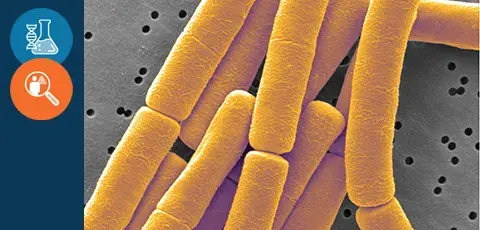
Lawrence Livermore National Laboratory and Los Alamos National Laboratory deployed a biodetection system in Washington, D.C., to reduce the detection time of a pathogen release from days/weeks to less than a day and launched the BioWatch Network for providing early warning of a bioterrorist attack.
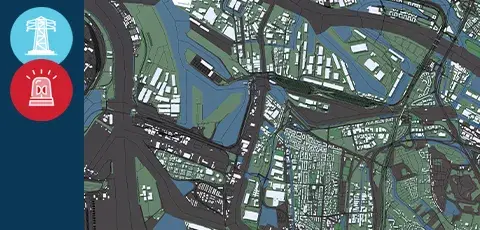
With S&T and FEMA, Oak Ridge National Laboratory (ORNL) researchers deployed expertise in data science and analytics, modeling and simulation, and high-performance geocomputation to provide several of the nation’s authoritative geospatial datasets for critical infrastructure analysis and protection, preparedness planning, and crisis management. Homeland Infrastructure Foundation-Level Data (HIFLD) delivers operational, situational, and strategic awareness of critical U.S. infrastructure with unique layers including schools, transportation systems, medical and law enforcement facilities, energy data, and more. Using HIFLD, ORNL scientists were able to map every U.S. structure larger than 450 square feet—more than 125 million total.
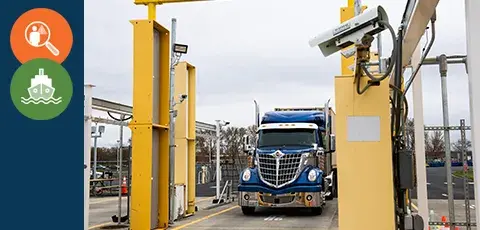
Pacific Northwest National Laboratory (PNNL) partnered with DHS Customs & Border Patrol to deploy more than 2,000 radiation portal monitors (RPMs) to ports of entry around the nation. Twenty years later, PNNL continues to partner with DHS to support the RPM scanning mission and protect the nation’s borders. RPMs provide a passive, safe, and effective means to scan vehicles, cargo containers, and other conveyances for illicit radioactive material.
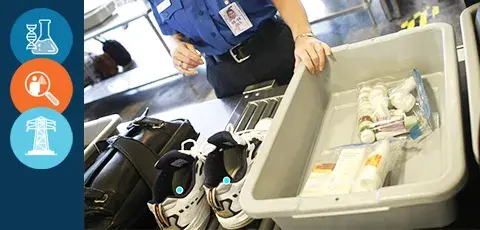
S&T worked with Sandia National Laboratories, along with the FBI, to investigate the damage various amounts of liquid explosives could cause on airplanes, leading to the currently enforced 100 ml/3.4 oz carry-on limit for passengers. Sandia used modeling, simulation and homemade explosives testing capabilities to develop new requirements for explosives detection technologies.
2003
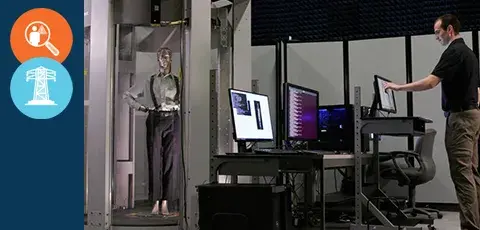
The Pacific Northwest National Laboratory millimeter wave whole-body scanner, developed in collaboration with S&T's Transportation Security Laboratory, was licensed for security applications and introduced to DHS screening at airports in 2003. By 2011, whole-body scanning security systems were deployed at airports nationwide. Today, more than 1,300 systems are used in 250 airports across the country and around the world.
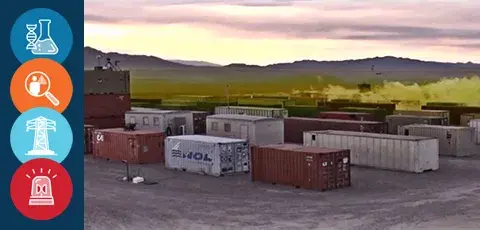
Lawrence Berkeley National Laboratory (LBNL) contributed to a series of tracer gas field trials, including S&T’s Jack Rabbit project, which studied the spread of chlorine gas through a controlled release test. LBNL researchers measured chlorine levels inside vehicles and cargo containers to understand the risk to people sheltering from a chemical, biological, radioactive, or nuclear event.
2004
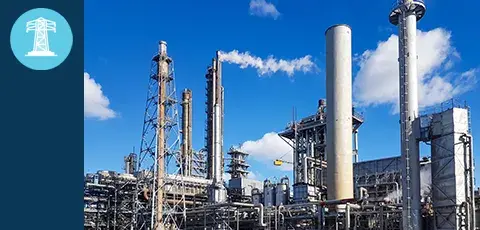
The National Energy Technology Laboratory Protective Actions program was vital to DHS for devising protection strategies, programs, best practices, and other initiatives for infrastructure owners and operators. Results include a buffer zone protection plan for facility owners and operators, installation of web cams for monitoring the 17 highest priority chemical facilities, and training of 30 state homeland security advisors and their state and local law enforcement.
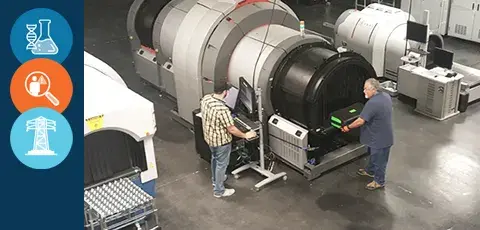
Lawrence Livermore National Laboratory demonstrated the difference between the X-ray properties of hundreds of homemade explosives and common benign liquids and powders. Researchers also developed a method for Transportation Security Administration’s (TSA) explosives systems detection requirements, which is now used internationally, to characterize X-ray properties of explosives, chemical agents and precursors.

S&T chartered in 2004 Pacific Northwest National Laboratory's National Visualization and Analytics Center to empower analysts and emergency responders through next generation tools and visualization methods. This global resource provided strategic leadership and coordination for state-of-the-art visual analytics valuable to the DHS mission and revolutionized how analysts recognize and rate potential threats in “fuzzy” data.
2006

S&T worked with Oak Ridge National Laboratory to manage and operate the Southeast Region Research Initiative (SERRI), which leveraged cutting-edge research to improve disaster preparation, response, recovery, and mitigation. SERRI-funded projects supported emergency operations throughout the program’s life, including the 2010 Gulf Coast oil spill and 2012’s Hurricane Isaac. In total, SERRI released nearly 150 technical reports, more than 200 journal articles, numerous theses and dissertations, and four book chapters. SERRI was also STEM-focused, providing more than 300 students with hands-on experience in an array of homeland security mission areas.
2008

S&T and Sandia National Laboratories support the DHS Cybersecurity and Infrastructure Security Agency (CISA) through HADES (High-fidelity Adaptive Deception & Emulation System), a deception environment that collects information on hackers’ techniques in real-time. Sandia and S&T also transitioned the Deception Orchestration Leveraging Open-Source Intel tool to CISA to help analysts hunt for and identify threats. Sandia currently hosts an annual workshop on behalf of CISA through S&T’s Transition to Practice Program, where attendees engineer and develop tools for the cyber-threat landscape.
2009

This one-of-a-kind Pacific Northwest National Laboratory cyber education and partnership program grew out of the 2009 S&T pilot Public Information Security Event Management regional monitoring system (PISCES). The system focuses on cyber event analysis for small public institutions using student analysts to provide access to free network information security monitoring. In 2022, PISCES expanded its nationwide network—building the cybersecurity workforce of the future while protecting small communities and organizations from cyberattacks.
2010
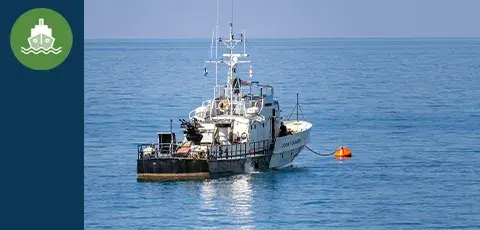
The S&T Borders and Maritime Security Division and National Renewable Energy Laboratory (NREL) partnered to examine border-security energy demands. NREL’s research helped develop and transition technologies that enhance the security of U.S. borders and waterways and identified next-generation renewable energy solutions without impeding the flow of commerce and travelers.
2011
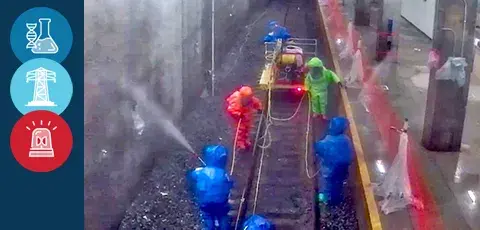
Sandia National Laboratories (Sandia) has supported full-scale S&T exercises like the Interagency Biological Restoration Demonstration, which involved placing samples of benign anthrax-like bacteria used for vaccination inside a subway car wrapped in plastic. For the Urban Shield Exercise, Sandia assessed response and recovery after a mock disaster in a high-threat, high-density urban area.
2012
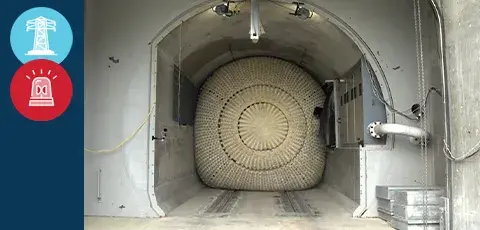
S&T's tunnel plug is affordable, easily installed and quickly deployable. Developed in partnership with Pacific Northwest National Laboratory, West Virginia University, and the private company ILC Dover, the plug seals off underground subway tunnels during major flooding events. The plug can inflate (with water or air) to 32 feet by 16 feet and can hold 35,000 gallons. When deflated, the plug can fit in a small storage space in the tunnel, ready for remote, immediate inflation during emergencies.
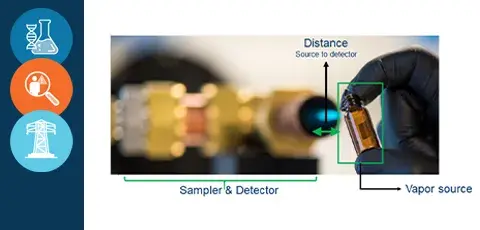
In 2012, Pacific Northwest National Laboratory’s (PNNL) vapor phase explosives detection research for S&T created buzz in the media for its ability to identify explosives, deadly chemicals and illicit drugs both quickly and accurately. In 2013, PNNL developed advanced imaging technology and researched trace vapor detection to support standards for CBRN threat detection equipment. In 2020, VaporID Detection Technology won numerous awards.
2015
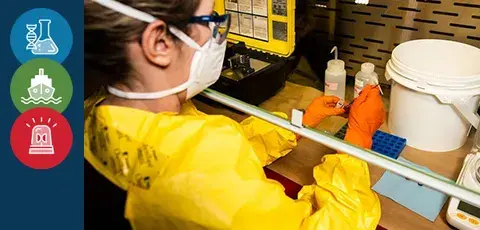
S&T and Pacific Northwest National Laboratory (PNNL) collaborated for a set of standards, promoting the protection of the opioid crisis frontline workers through a specification, guide and test method for field detection equipment. In 2022, PNNL expanded the libraries of chemical structures for nearly two dozen different types of opioid-detecting instruments, so manufacturers can update thousands of technologies in the field to align with the detection standards.
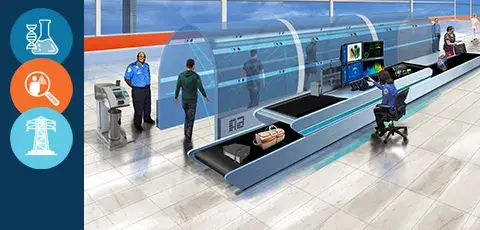
S&T and the DHS Transportation Security Administration funded Sandia National Laboratories (Sandia), Pacific Northwest National Laboratory, and industry partners to develop the Open Threat Assessment Platform to improve the software algorithms and hardware of airport screening systems in response to rapidly evolving threats and make air travel safer and more convenient. Similarly, Sandia developed open architecture systems that scan vehicles and containers entering the country for the Countering Weapons of Mass Destruction Office’s Radiation Portal Technology Enhancement and Replacement program.
2016
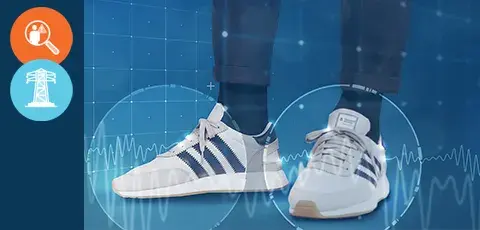
S&T’s Screening at Speed Program developed a shoe scanner with Pacific Northwest National Laboratory (PNNL) to address explosives in shoes using millimeter wave technology. This work not only enhances public safety, but reduces wait times at airport security checkpoints to improve the passenger experience. By 2022, PNNL increased the frequency and bandwidth of its walk-by millimeter-wave screening system by 50%, which led to a Federal Laboratory Consortium Tech Transfer award.
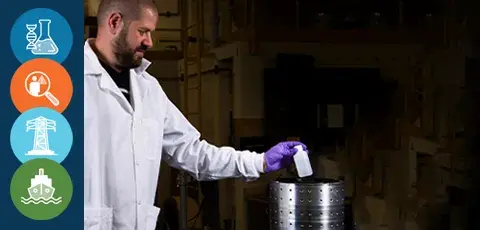
SEDONA, or SpEctroscopic Detection of Nerve Agents, is the result of a joint effort between S&T and Los Alamos National Laboratory. When deployed at security checkpoints, border crossings, and ports-of-entry across the country, SEDONA will enhance DHS’s abilities to detect and intercept dangerous chemicals and nerve agents.
2017
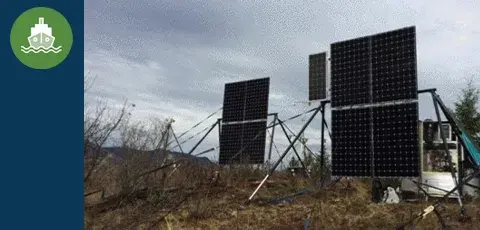
The National Renewable Energy Laboratory, sponsored by S&T, fielded sensors that accurately track different types of transportation across the U.S. northern border using remote power where grid power was not available. These sensors can detect and track aircraft and vehicles despite natural topographic features, trees, and bad weather, which often prevent standard methods, like radar or visual observers, from detecting them.
2018
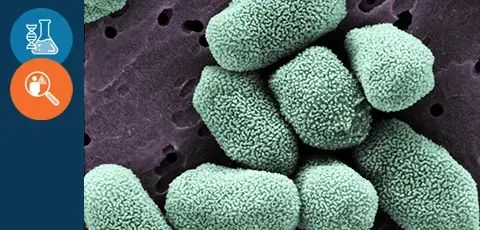
As part of S&T’s Urban Security Initiative, Argonne National Laboratory, Los Alamos National Laboratory, and Sandia National Laboratories developed three different modeling software systems that predict the spread of bioagents in different parts of a city. For strategic biosensor placement, the models were integrated into a single model to show how a bioagent plume would travel from the subway to the streets and into buildings.
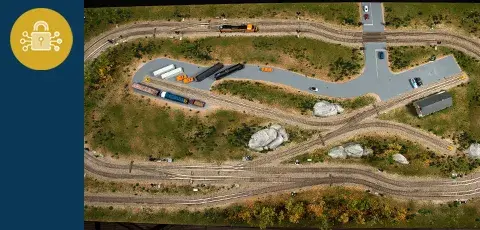
To enable the government and private industry to test the possible effects of kinetic cyber-physical attacks, CISA and the Idaho National Laboratory (INL) established CISA’s Control Environment Laboratory Resource Center. In 2021, S&T, CISA, U.S. Secret Service and INL conducted cybersecurity research within electric and semi-autonomous vehicles. In 2023, S&T, INL, Pacific Northwest National Laboratory, and oil and gas industry partners nearly doubled INL’s sector-specific platforms focused on oil and natural gas, water/wastewater, maritime, and rail subsectors for federal, state, local, international, and industry partners.
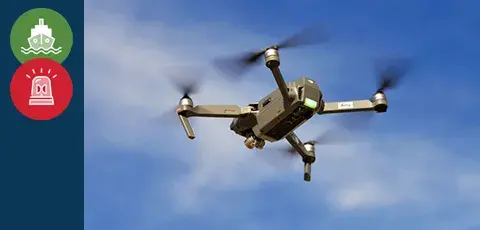
Sandia National Laboratories (Sandia) helped S&T navigate the threat posed by Unmanned Aircraft Systems (UAS) by developing detection capabilities using Temporal Frequency Analysis to examine pixel fluctuation over time. Under the Mobile Adaptive/Reactive Counter Unmanned System project, jointly funded by S&T and the North Atlantic Treaty Organization, Sandia developed and tested a novel system to intercept enemy drones midflight. Sandia also participated in an S&T operational test in Washington, D.C., to assess candidate Counter-UAS technologies’ ability to counteract drone threats.
2020
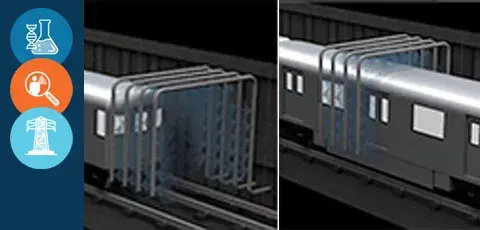
In the event of a bioterrorist attack, sensors developed in partnership with Sandia National Laboratories will notify emergency operations centers, thus triggering the spray knockdown and air curtains. This mitigation strategy prevents floating bio/chem particles from traveling throughout the subway tunnel system, containing contaminated areas, and reducing potential impact to the public.
2021
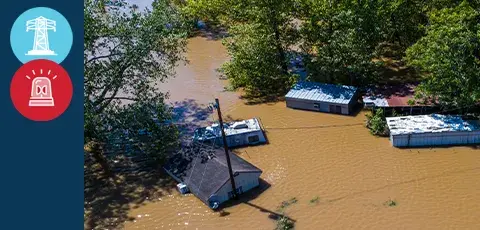
The National Renewable Energy Laboratory provided technical expertise for the DHS Climate Adaptation and Resilience Plan (PDF, 20 pgs., 1.361 MB) and progress report. The plan outlines how the United States can remain resilient to climate change while reducing its environmental impact. It also highlights several initiatives and reforms designed to help the country weather climate-related risks, such as floods, wildfires, extreme heat and drought.
Photos for 2001-2002 Rapid Detection of Pathogen Release and Rapid Detection of Pathogen Release; 2003; 2004 Characterizing X-ray Properties of Explosives and Chemical Agents for TSA; 2011; 2012; 2015; 2016 Award-Winning Chemical Detection Technology; 2017; 2018; 2020: credit S&T. Photos for 2001-2002 Counter-Terrorism Explosives Threat Analysis & Response, HFILD; 2004 Protective Actions Program and National Visualization and Analytic Center; 2006 SERRI; 2008; 2009; 2010; 2016 Shoe Scanner at Airport Checkpoints; 2021: credit iStock.
